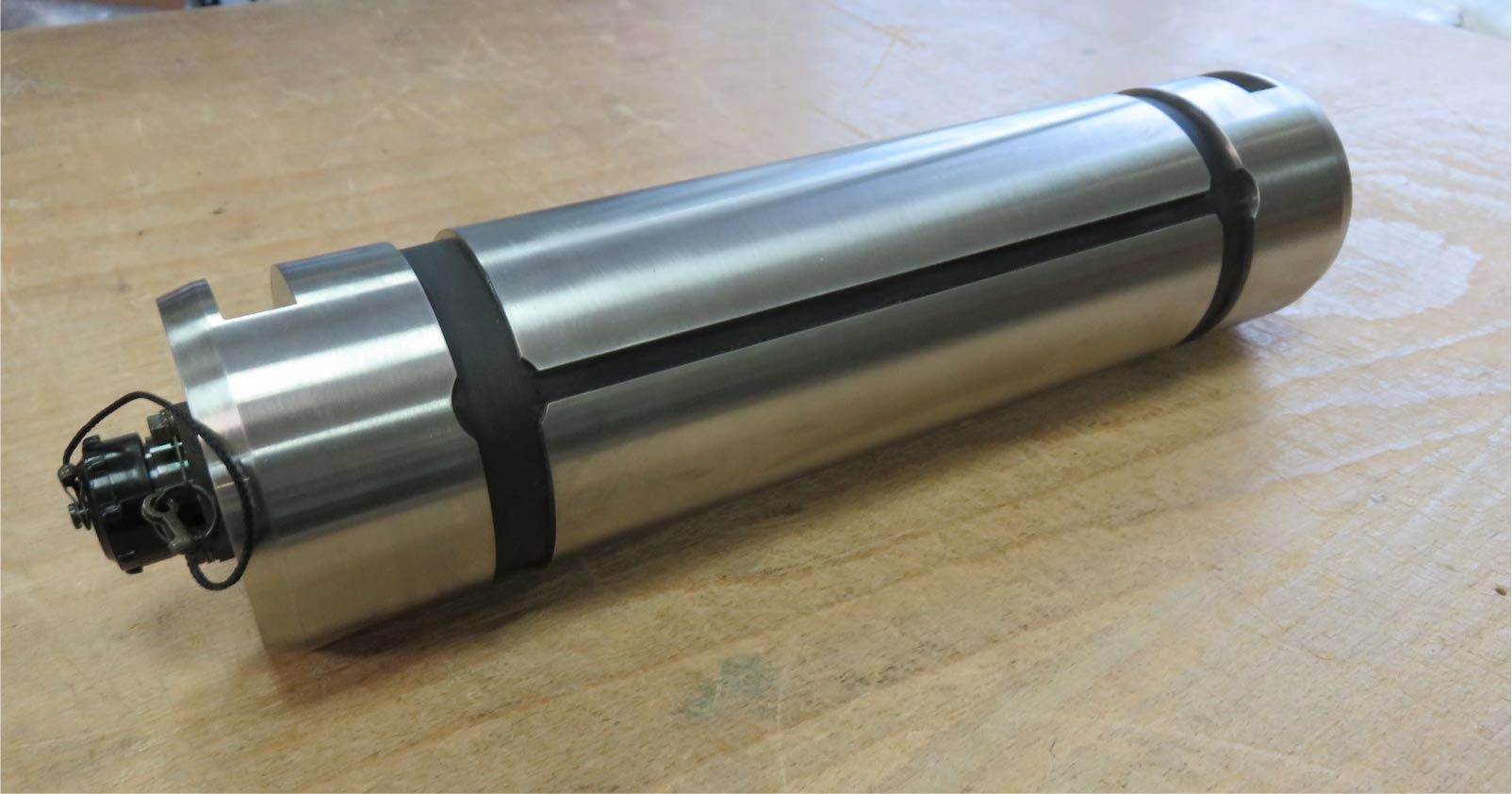
Comprensione degli estensimetri Celle di Carico 📰
4 luglio 2024Gli estensimetri Celle di Carico sono componenti fondamentali della moderna tecnologia di misurazione della forza e svolgono un ruolo cruciale in vari settori in cui sono richieste misurazioni precise di peso e forza. Comprendere i principi, il funzionamento e Applicazioni degli estensimetri Celle di Carico è essenziale per ingegneri, ricercatori e professionisti che operano in diversi settori. In questo blog, approfondiremo le complessità degli estensimetri Celle di Carico esplorando i loro principi di funzionamento, la loro costruzione, i loro vantaggi e Applicazioni le loro caratteristiche.
Principi operativi:
Gli estensimetri Celle di Carico funzionano secondo il principio dell'effetto piezoresistivo, in cui le variazioni di resistenza elettrica si verificano in risposta alla deformazione meccanica. Questi Celle di Carico sono costituiti da un elemento metallico con estensimetri incollati alla superficie, tipicamente disposti in una configurazione a ponte di Wheatstone, dove due terminali di ingresso e due terminali di uscita costituiti da quattro estensimetri sono configurati a diamante. Quando si applica una forza al sito Celle di Carico, l'elemento metallico subisce una deformazione che provoca l'allungamento o la contrazione degli estensimetri. Questa variazione di lunghezza altera la resistenza degli estensimetri, determinando una variazione misurabile dell'uscita elettrica. Misurando con precisione questa variazione di resistenza, gli estensimetri Celle di Carico determinano con precisione la forza applicata.
Costruzione:
La costruzione degli estensimetri Celle di Carico è accuratamente progettata per garantire precisione, affidabilità e durata. Per la costruzione del corpo di Celle di Carico vengono comunemente utilizzati materiali di alta qualità, come l'acciaio inossidabile o l'alluminio, che garantiscono robustezza e resistenza ai fattori ambientali. Gli estensimetri, costituiti da sottili lamine metalliche, sono incollati alla superficie di Celle di Carico in punti strategici per rilevare con precisione le deformazioni meccaniche. Inoltre, per salvaguardare gli estensimetri da elementi esterni come umidità, polvere e corrosione, si utilizzano solitamente rivestimenti o involucri protettivi, che prolungano la durata di vita di Celle di Carico.
Vantaggi:
Gli estensimetri Celle di Carico offrono diversi vantaggi che li rendono molto desiderabili per un'ampia gamma di Applicazioni. L'elevata accuratezza, l'affidabilità e la versatilità li rendono adatti a compiti di misura di precisione in settori come quello manifatturiero, aerospaziale, automobilistico e sanitario. Inoltre, gli estensimetri Celle di Carico sono economici e relativamente facili da installare e mantenere, rendendoli accessibili a un ampio spettro di utenti. Inoltre, i progressi tecnologici hanno portato allo sviluppo di estensimetri miniaturizzati Celle di Carico, ampliando la loro applicabilità in ambienti compatti e con limiti di spazio.
Applicazioni:
Gli estensimetri Celle di Carico trovano ampio impiego in diversi settori industriali e Applicazioni, dalle semplici bilance di pesatura ai complessi processi industriali. Nel settore manifatturiero, vengono utilizzati per il controllo qualità, le prove sui materiali e il monitoraggio dei processi. Nei settori aerospaziale e automobilistico, gli estensimetri Celle di Carico svolgono un ruolo fondamentale nelle prove strutturali, nella convalida dei componenti e nella valutazione delle prestazioni. Inoltre, vengono impiegati nei dispositivi medici, nella robotica e nei laboratori di ricerca per la misurazione e l'analisi precisa della forza.
Conclusione:
La comprensione degli estensimetri Celle di Carico è fondamentale per gli ingegneri, i ricercatori e i professionisti che cercano soluzioni accurate e affidabili per la misurazione della forza. Con la loro struttura robusta, l'elevata accuratezza e l'ampia Applicazioni gamma, gli estensimetri Celle di Carico continuano a guidare l'innovazione e l'eccellenza nei settori industriali di tutto il mondo.